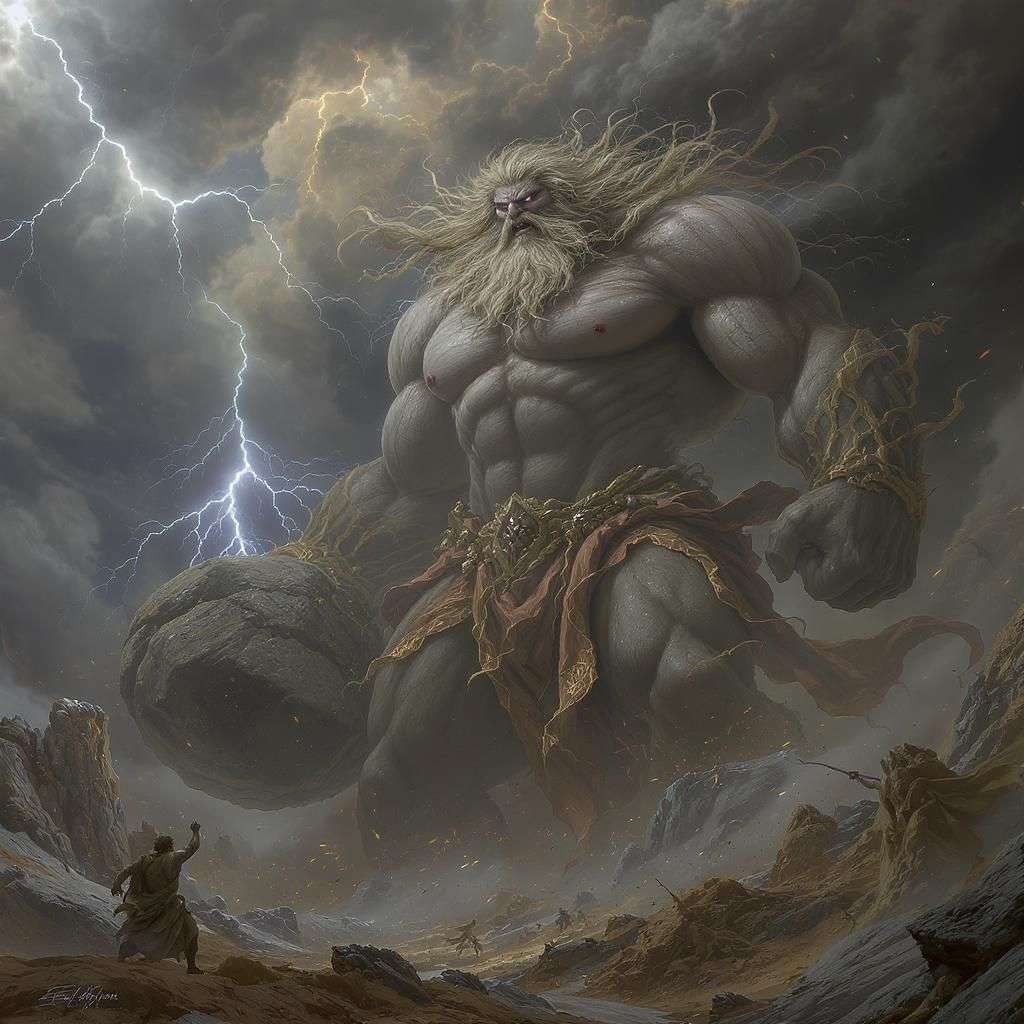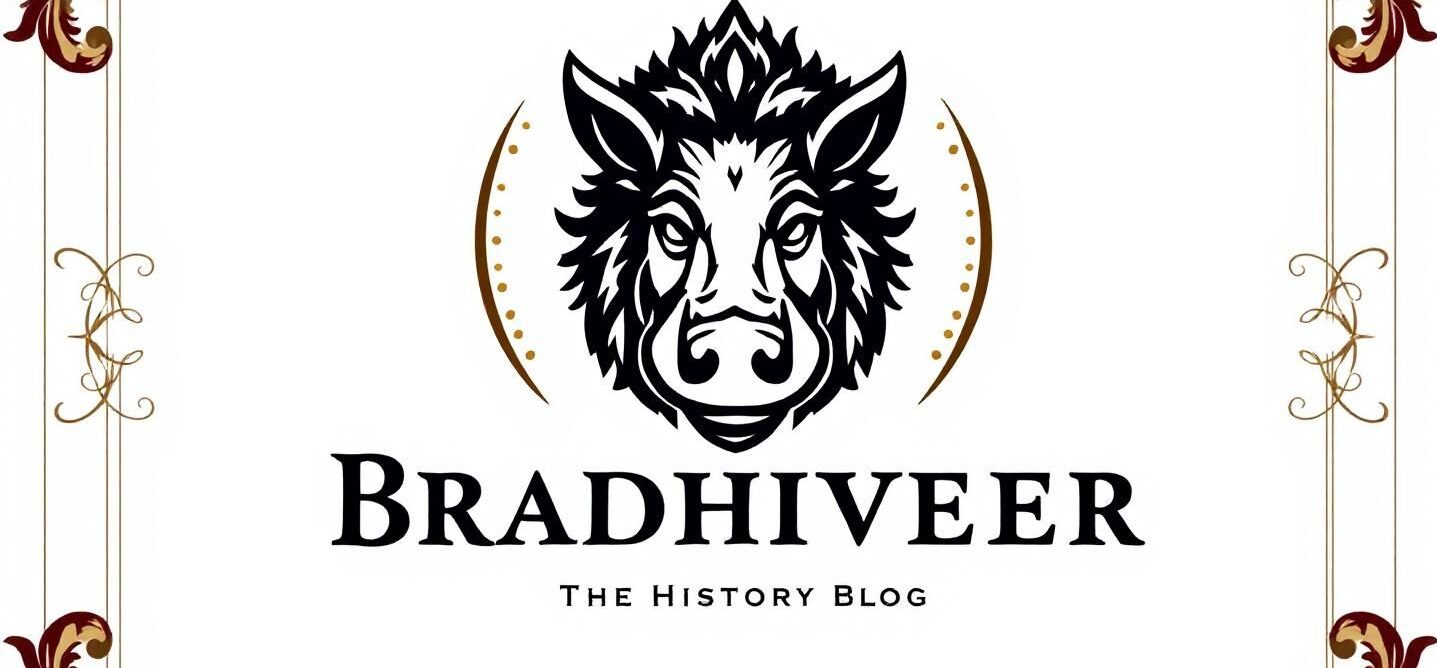In the vast expanse of Greek mythology, gods, heroes, and monsters combine in legendary stories that have been reclaimed in different interpretations for centuries. From all these mythic beings, Porphyrios the Giant is certainly one of the most fearsome enemies of the Olympian gods.
He figures prominently in the Gigantomachy—the mythic battle between the giants and the Olympians—as a symbol of rebellion against divinity, chaos, and ultimate power. So who is Porphyrios?
What is his role in ancient myths? Why does his story resonate still today, and how is he still invoked in culture?
This article will reveal the origin, battles, significance, and enduring relevance of Porphyrios the Giant, with a thorough examination of available ancient records and contemporary references.
Whether you’re a fan of mythology or research, this guide will provide you all you need to know about this giant.
Contents
Who Was Porphyrios the Giant?

Porphyrios (spelt Porphyrion at times) is primarily recognised in lasting Greek tradition as one of the strongest Gigantes (or giants) from Gaia (Earth) and Uranus (Sky).
He was said to be extremely tall, of supernatural power, and a powerful destruction of nature.
He was not simply a brute force; he was a leader of giants, and it was foretold in several oracles to oppose and slay the Olympian gods.
In Greek mythology, the Giants were not the Titans, but they were a generation of primordial creatures born of the blood spilt from Uranus when he was slain. It would have been regarded as one of the strongest Giants and a focal point in the war against the Olympians.
Porphyrios is thought to mean purple or associated with purple”—the colour of ancient power and kingship, perhaps symbolising that Porphyrios was a leader or king among the giants.
Origins of Porphyrios and the Gigantes
To comprehend Porphyrios, it is essential to comprehend the Gigantes—massive beings born of Gaia to enact revenge for the imprisonment of the Titans.
In myth, Gaia creates the Gigantes as ways to wage war on Olympus as a response to the anger felt due to Zeus’s defeat of the Titans.
As one of the elder, more powerful titans selected, would lead the rebellion. It is said he would be destined to remove, if not overthrow, Zeus as king of the gods using Hera, Zeus’s wife, because of their destined marriage.
Hence the violent and symbolic nature of the mythology itself, both representing a danger to the divine order of gods, as well as the marital sanctity.
The giants are typically seen as monstrous, having snake-like legs, oversized weapons, and the ability to hurl boulders and trees on fire towards the gods.
The Gigantomachy: The War Between Giants and Gods
The most recognized myth of Porphyrios is the Gigantomachy, or great battle of the Gigantes against the Olympian gods. This epic battle shook the heavens and the earth when God’s powers becamed engaged with the violent strength of monsters.
Porphyrios was the primary leader of the giants and directly attacked the Olympians on their home turf on Mount Olympus.
Early ancient texts and those aligned with Apollodorus depict Porphyrios’s outrageous and violent attempt to rape Hera in anger that stirred the wrath of Zeus, who struck Porphyrios with a lightning bolt.
After Porphyrios was finally weakened from the assault, Heracles (Hercules), demi-god and son of Zeus, killed him with an arrow.
The battle between Porphyrios and the Olympian gods is more than an interesting myth, it represents an ideology of order vs chaos, and civilization vs barbarism.
The Olympians imply structured rule and organized civility while the giants, including Porphyrios, prompt naively and chaotically executed primordial and raw nature.
Porphyrios vs. Zeus and Heracles
The tale of Porphyrios reaches a resolution in the encounter with Zeus and Heracles. Where the myth refers to Porphyrios,
In the reports about the myth, it suggests that Porphyrios was so strong that even Zeus struggled against him alone (the reports omit to say, according to the prophecy, no god can kill a giant alone, must be done along with the mortal). This is where Heracles plays a role.
Startling Porphyrios, is seen attacking Hera, and Zeus pipes him a blast of lightning, just like in the Aeschylus narrative. The gods at least get credit for the finishing shot.
As a mortal hero does, He lets loose an arrow, and strikes Porphyrios in the heart. The death of Porphyrios changes the balance of dead giants, the direction is towards the reduction of giants.
This clinical moment illustrates the fusion of the divine, and mortal level—this indicates a theme of collaborative effort of heroes and gods, which is not uncommon in Greek mythology.
Symbolism of Porphyrios in Greek Mythology
Porphyrios is more than simply a mythological tale; he expresses significant symbolic thoughts in Ancient Greek thought. Porphyrios’s character as a concept can represent the following ideas:
- Resistance to divine authority
- The perils of hubris and desire for power
- The need for cooperation between gods and mortals
- The success of order over chaos
In particular, the giant’s intended assault on Hera is worth emphasizing. In Greek culture, Hera represented not just marriage but the divine feminine – an aspect struck Porphyrios (and implicit threat here). Because of this, Porphyrios’s defeat represents a decline that isnot only physical but moral and cosmic.
In imagery, Porphyrios is often represented as a huge muscular giant, as if he were mid-battle, ridled by an arrow from Heracles, and the insignia of Zeus just above him, summoning the image of divine justice in force.
Porphyrios in Ancient Texts
There are many authors from antiquity who write about Porphyrios and the Gigantomachy; however, details and accuracy vary. The key sources are:
- Apollodorus (Bibliotheca) – Apollodorus provides a lengthy account of the Gigantomachy and mentions Porphyrios and his role therein.
- Pindar – Pindar references the giants and their defeat as a victory of Zeus and the inhabitants of Olympus.
- Hesiod – Hesiod does not mention Porphyrios exactly, but Hesiod’s Theogony provides a basis for the mythology.
- Later Roman writers such as Ovid and Virgil referenced the war symbolically in order to represent the Roman order over chaos, and by divine means.
During each retelling Porphyrios acted as a destructive mythic archetype across an extended temporal span across mythic stories and ideologies.
You may like this:
Ming the Clam’s Accidental Death Explained
Common Misconceptions
There are a few common myths and misconceptions surrounding Porphyrios:
- Not a Titan: The Titans were the previously generation who were subdued by Zeus during the Titanomachy.
- Porphyrios and Typhon are distinct beings: Typhon is another monster that fought the gods but came after the Gigantes.
- It did not survive the Gigantomachy: His demise was crucial in the gods’ victory.
Knowing all of this helps make sense of the complex genealogy of monsters and gods in Greek myth.
Conclusion
Porphyrios the Giant is still a strong mythic figure, a representation of maximal rebellion, maximal power and maximal defeat. He represents the tension of the impulse for order and the chaos of ambition: the archetypical giant.
His ultimate defeat by Zeus and Heracles is a cautionary tale against over-reaching, rejecting natural limits, and insulting divine authority.
In a world that is still enamored with myths, monsters and moral allegories, Porphyrios has emerged as one of the giants we all must confront, either literally or figuratively.

1 thought on “Porphyrios the Giant: Myths, Battles, and the Gods”